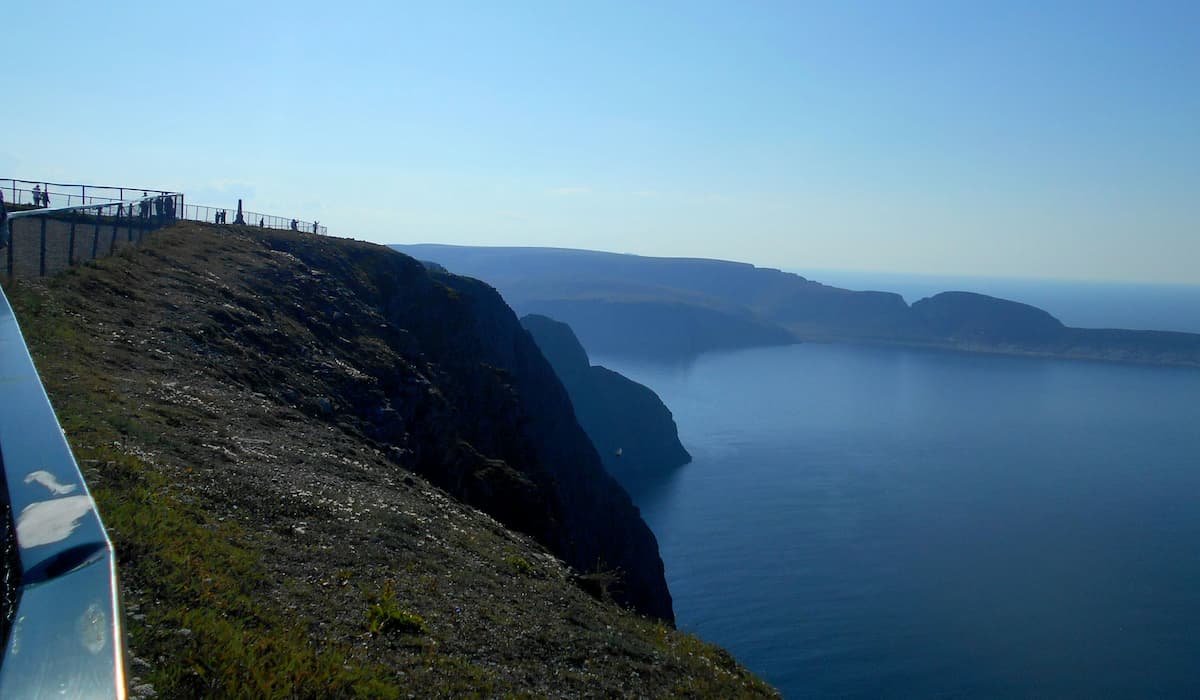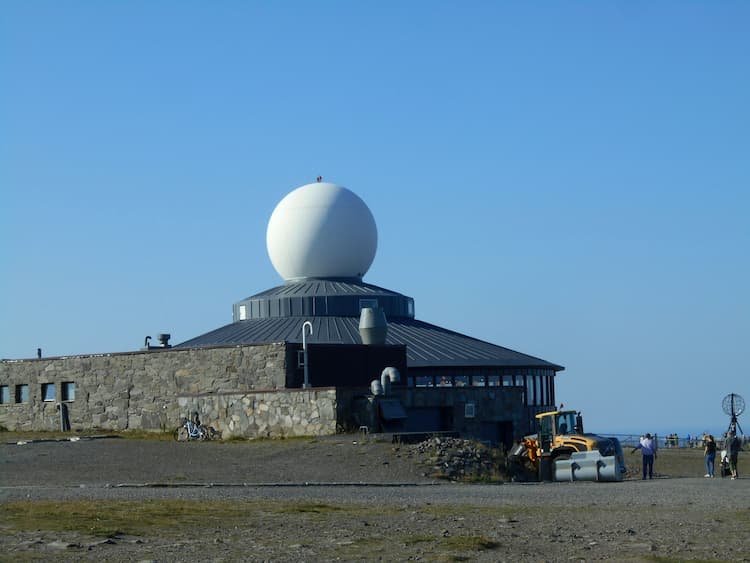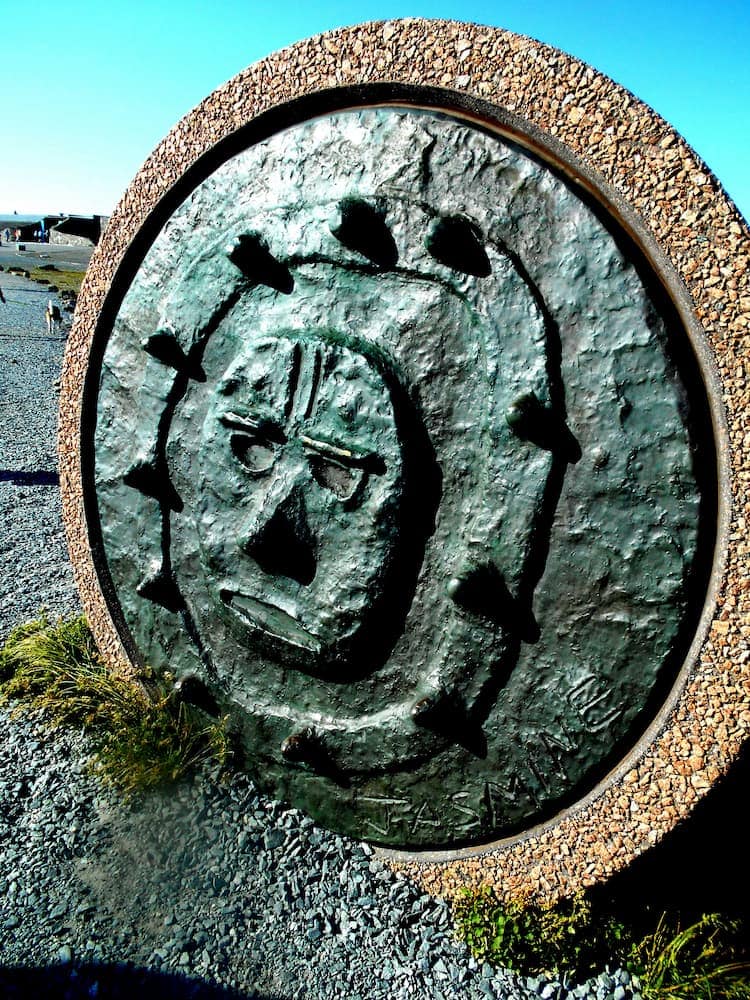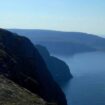
Go World Travel is reader-supported and may earn a commission from purchases made through links in this piece.
Adventure travelers love extremes. We crave those “est” words about the world, its geography, distances, altitudes and degrees of latitude. To experience “the lowest, highest, farthest, or most treacherous” becomes the focus. We feel compelled to journey to that place to see it and feel it.
Entry stamps to over 120 countries jam my five lifetime passports. I’ve climbed up the 167 steps to the top of the southern-most point in South America, Cape Horn; sailed across the world’s highest, navigable lake bordering Bolivia, Lake Titicaca; swam in the lowest and saltiest place on the globe, the Dead Sea; visited the most northern settlement on Earth, Longyearbyen, Svalbard, Norway, and survived the most powerful convergence of the seas, Drake Passage, on the way to the largest continent, Antarctica.
Best Tips & Tools to Plan Your Trip
While researching future, extreme sites, I found “Nordkapp or North Cape…the most northern tip of the European continent accessible by land,” intriguing. Although we seem to be getting down to seeds and stems, this destination became our new travel goal.

The Most Northern Tip of the European Continent Accessible by Land
North Cape, a 1007 ft. high, flat plateau jutting out over the merging Norwegian and Barents Seas into the Arctic Ocean lies 20 miles from Europe’s most northern mainland town, Honningsvag, Norway.
We decided that cruising to this Arctic, gateway city, then booking a land tour to Nordkapp would offer indelible sights along the way.
As we sailed above the Arctic Circle, weaving in and out of ten of Norway’s 1100 fjords, rising temperatures astounded everyone, the midnight sun radiated for nearly 20 hours a day, and steel-blue skies looked like surreal, photo enhanced images. Guests sunbathing and playing in the ship’s pool provided rare snapshots.
The weather knocked our socks off – literally. By the time we docked at Honningsvag, just 1300 miles from the North Pole, the temperature had swelled to a record 75◦ F. Symptoms of climate change had arrived this far north, despite few people, no pollution, no manufacturing industry and mostly electric vehicles.
Open–toed sandals I brought along as a joke, replaced merino wool socks and heavy boots I packed for hiking around the Cape. We exchanged quilted thermal jackets for hoodies and began our excursion from this fishing village to add to our list of the world’s extreme places.
On the overland route to Nordkapp, we drove through a four-mile subsea tunnel, 700 feet below the water’s surface, to reach the Island of Mageroya. The ascent to the top plateau, on a switchback, macadam road revealed miles of steep, desolate, treeless tundra.
Wild, windswept, terrain covered with tufts of brownish-green mosses, painted a bleak but strangely beautiful landscape. Indigenous Sami tribes from Sweden and Finland bring 6,000 reindeer here every summer to graze and fatten before the dark Scandinavian winter.

We never expected to observe the unique Sami herdsmen, dressed in traditional deer skins, working at their camps of circular tents with poles inclined to the center, called lavvos on the way to Nordkapp. For a fleeting moment, I imagined that teepees of Native American tribes dotted the landscape.
We glimpsed Santa’s gentle, thick furred, antlered creatures crowd the rolling hills, saunter across the road oblivious to traffic, and drink from clear pools as we drove toward the top.
Travelers Have Been Visiting North Cape for 300 Years
Archaeologists found evidence of human settlement here 10,000 years ago, but travelers have only been visiting North Cape for 300 years. In 1553, Richard Chancellor, a navigator on a British expedition searching for the Northeast Passage to India and China discovered this northern point and opened up a trade route with nearby Russia.
In 1873, King Oscar II of Sweden and Norway journeyed to the summit of this plateau, had a stone obelisk erected in his honor and encouraged Norwegians to visit, marking the birth of tourism to North Cape.
Thomas Cook inaugurated tours to this site in 1875, and world leaders started making the trip – German Kaiser Wilhelm II being the first in 1891. At present, over 250,000 travel junkies a year claim bragging rights to this extreme point on continental Europe.
As we rounded the last bend up the mountain, the symbol of North Cape, the 50 ft. Globe Monument, the destination we had traveled 5,500 air miles from Mexico and 3,000 nautical miles up the coast of Norway to see, stood waiting on the very edge of the plateau.
Built in 1978, the globe’s steel structure made up of rings which depict the actual lines of latitude and longitude, placed on an axis that is aligned parallel to Earth’s axis, represents a global meeting point for people from all over the world.
Emotions surging, my initial impulse was to race through the entrance to the entire complex, North Cape Hall, and run straight to the monument.

This enormous building, which serves as an introduction to this unforgettable experience, houses an impressive museum, a theater where a National Geographic style video shows the progression of North Cape through the four seasons, a chamber that creates an authentic simulation of the mysterious imagery of the Northern Lights, a chapel for contemplation and reflection, cafés and restaurants, the largest gift shop in Norway and the most northern post office on continental Europe.
Wow – two more extremes. My husband successfully reined in my childlike enthusiasm and I thank him for that.

We saw the film, learned about Nordkapp in the museum, experienced the winter phenomenon of the kaleidoscope in the skies, examined the obelisk erected during King Oscar II’s visit which was the impetus for this point of extremes, and studied two sculptures erected to the east of the Hall.
The Children of the World Monument designed in 1989 by seven children from various parts of the world, symbolizes “friendship, hope and happiness’ across borders, and “Mother and Child” sculpture by artist Eva Rybakken, stands by the semi-circle of the children’s stone art.
Inspire your next adventure with our articles below:
Author Bio: After working 35 years in a PA State mental hospital, Carol and her husband retired to Chapala, Mexico in 2006. Having visited over 120 countries, Carol has written mostly travel articles for local and international magazines for the past 17 years. She has won literary awards and is featured in three anthologies- “Tales from the Couch,” “Insider’s Guide to the Best Mexican Holidays,” and “Bravados, Life, Love and Aging in Lake Chapala, Mexico,” all available on Amazon.com.
- Together at Sea: A Mediterranean Family Adventure - April 27, 2024
- Travel Guide to Colorado - April 26, 2024
- Travel Guide to Croatia - April 26, 2024

